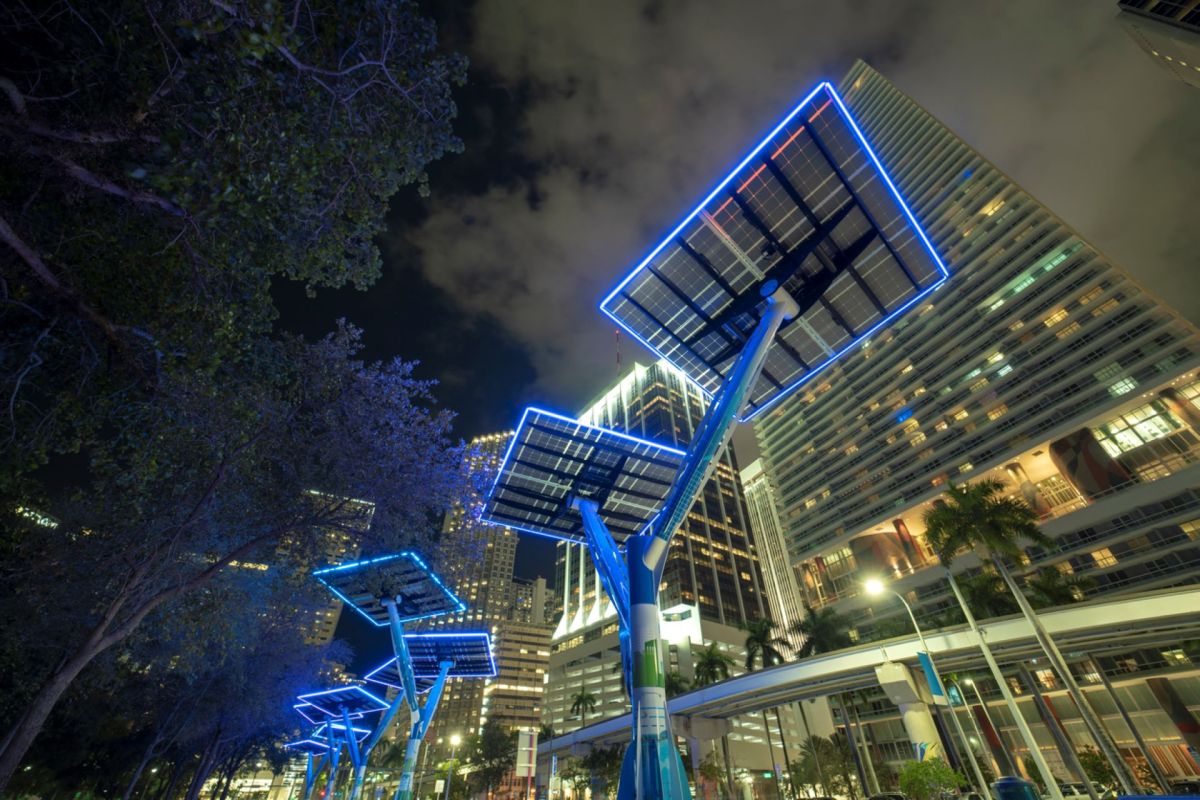The technology that unlocks the next solar energy breakthrough may arrive via the Land of the Rising Sun.
Experts at Osaka University have developed robots and artificial intelligence (AI) tasked with identifying the best solar cell materials.
They have already used the high-tech testers to probe 576 thin-film semiconductors, according to an Osaka lab report. Now, they are working to fully automate the process. If successful, it could expedite the use of solar energy around the world.
"In recent years, machine learning has been very helpful in better understanding the properties of materials. These studies require vast amounts of experimental data, and combining automated experiments with machine-learning techniques is an ideal solution," research senior author Akinori Saeki said in the Osaka report.
Solar cells are often made of inorganic silicon. Perovskite is another material that has shown promise as a low-cost, high-performance substance.
The Osaka team is looking for something better. They hope their robots can ID a solar cell material that is "highly efficient, made from common chemical elements, and [has] low toxicity."
Oh, the ideal candidate would have a low cost and weight, too.
A material that hits all of those marks has been elusive, they said in the lab report.
"Safety is also a concern," lead author Chisato Nishikawa said in the Osaka story. "Perovskite solar cells are efficient enough to rival silicon solar cells, but they contain toxic lead."
To ferret out the best materials, the Osaka robots and AI can perform expert scans (photoabsorption spectroscopy, optical microscopy, and time-resolved microwave conductivity analyses) as part of a unit that includes a microscope, a microwave circuit, and other high-tech stuff.
Fortunately, we can leave the hard part to the robots. And, if they find the perfect sun-catching material for solar panels, it could supercharge an already growing industry.
The sector has grown by an average of 24% each year during the last decade, according to the Solar Energy Industries Association. The group attributes federal tax credits and declining costs as part of the reason. What's more, there are enough solar panels installed nationwide to power 27 million homes, per the association.
For the researcher's part, the next step is maximizing automation and improving their scan process to look where solar experts haven't looked before, all in the search for the best way to make solar cells.
"This method is ideal for exploring areas where there's no existing data," Nishikawa said in the lab report.
Join our free newsletter for weekly updates on the coolest innovations improving our lives and saving our planet.









